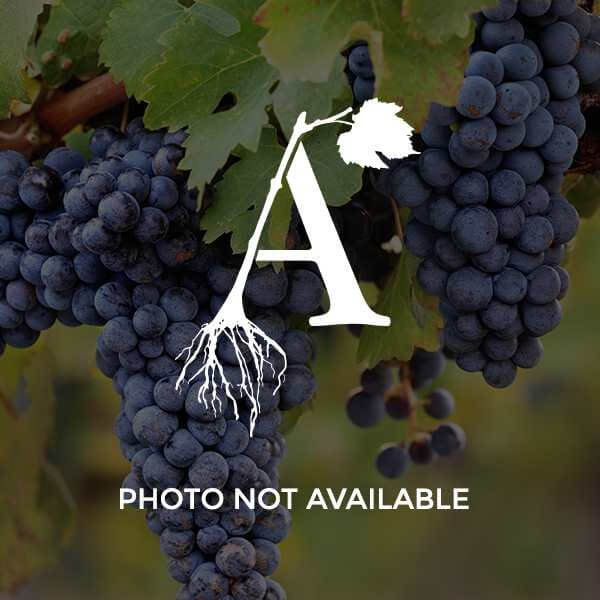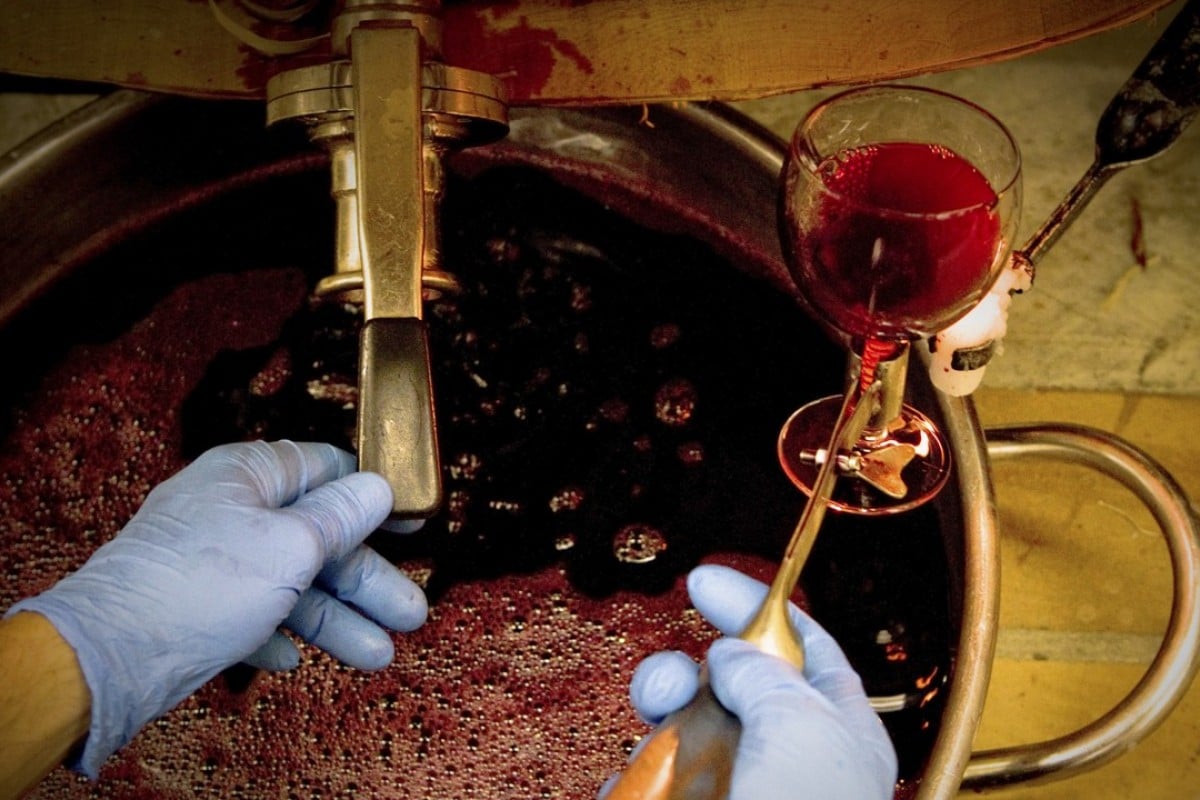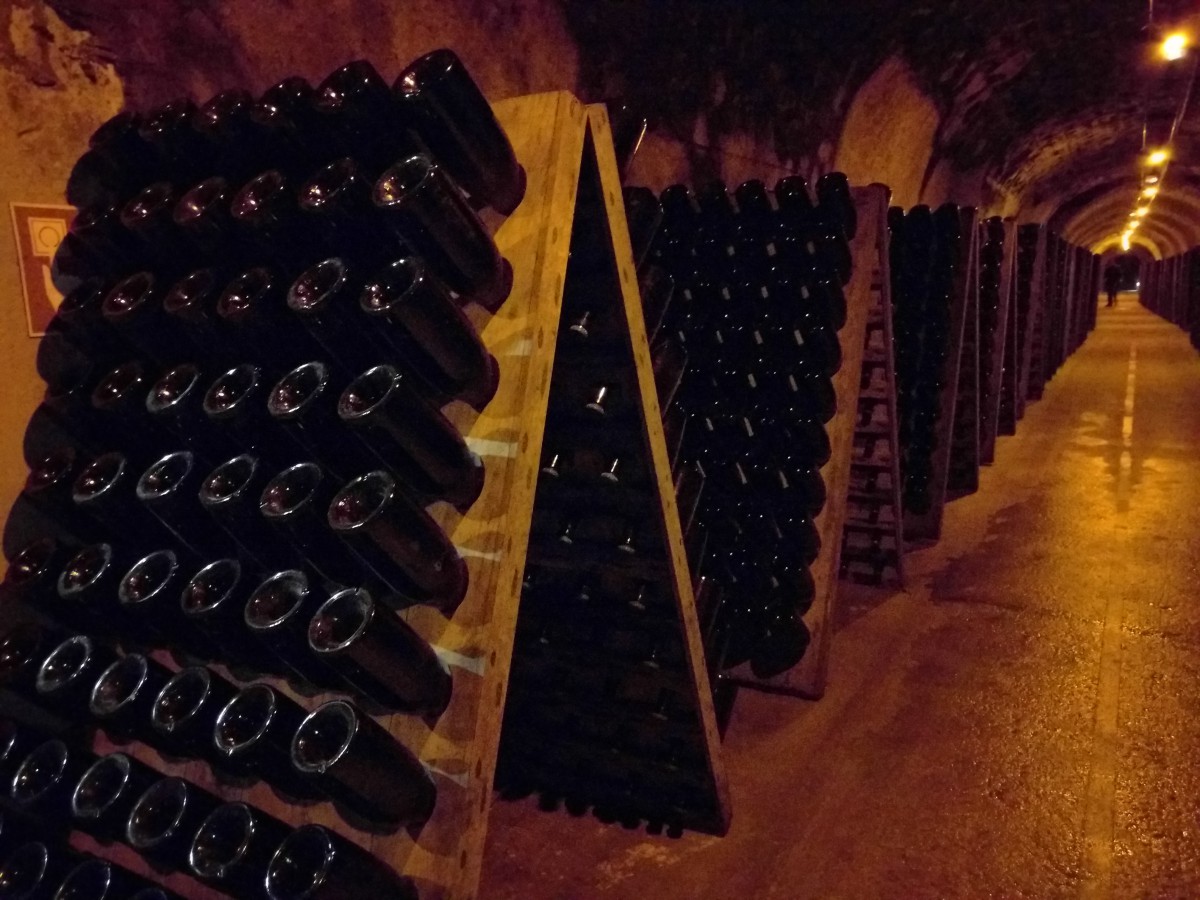Have you ever wondered how Champagne is made?

Here is a quick short journey– how grapes make their way from vineyard to bottle and finally in your glass– the process starts with Harvesting, fermentation, blending, ageing, riddling, disgorgement and corking, all while learning about the grapes, soils and regions from the Champagne region of France.
1. Plantation of grapes

It all begins with the grapes. In Champagne, the traditional three grapes used to make Champagne are Chardonnay, Pinot Noir, and Pinot Meunier. Sometimes other grapes are being used too, like Pinot Gris.
2. Lab testing
Grapes for sparkling wines are the first to be harvested, because winemakers are looking for grapes with less sugar and more acid. As the grapes reach maturity, samples are brought back to a lab to test for harvest readiness.
When the grapes have reached the right levels, the grapes are harvested by hand around the clock, until everything is picked off the vines.
3. First Fermentation
Next, the leaves and stems are removed, and the grapes are pressed to extract the juice, which goes into giant double-wall stainless steel vats. Here the yeast is added to the juice to trigger the first fermentation.
The grape seeds are sent off to cosmetic companies, and the other organic waste is turned into compost. The grape juice and yeast undergo 14 days of fermentation. According to Mumm representatives, the wine at this stage is tart and nothing special. It doesn’t have bubbles, hasn’t been aged, and has not been blended to perfection.
4. Blending

Blending is where the winemakers come in. In the centre of the room is a blending tank. The winemaker chooses the percentages of each grape varietal and vintage (say 50 percentage Chardonnay grapes from 2013 and 50
The fermented grape juices go into a blending tank, and then they are reintroduced to a clean stainless steel tank so that the same process can be done to the other blends.
5. Second Fermentation
The wine is bottled, and cane sugar and more yeast are added to each bottle to trigger a second fermentation. This is where the bubbles come in! Each bottle has a crown cap or another type of temporary seal, and is stored horizontally in a wine cellar for at least 15 months and up to 11 years.
6. Riddling the Lees

In the bottle, the yeast eats the sugar, and its byproduct is C02 (aka bubbles!). However, over time, the yeast dies and forms the lees or the dead yeast that looks like sediment at the bottom of the bottle. You never see this in a finished bottle of sparkling wine, because winemakers remove the lees.
Here’s how: After the bottles go t
7. Disgorging
Once the lees has finally reached the bottom, it’s time to disgorge the wine. The neck of the bottle is frozen, thereby freezing the lees. When the bottle cap is popped off, the pressure of the carbon dioxide pops off the frozen lees. What’s left is a small space inside the bottle where the lees used to be. Before the bottles are corked, a little dosage — a mixture of the base wine and pure cane sugar — is added. The sweetness rounds out the flavors and balances any acidity.
8. Corking
After the disgorgement the wine bottles are corked, and protected with a metal cage, foiled, and shipped across the world for your enjoyment
9. Pouring

That’s why Champagne and sparkling wines are so special (not to mention expensive); extreme care and precision goes into each and every bottle.



